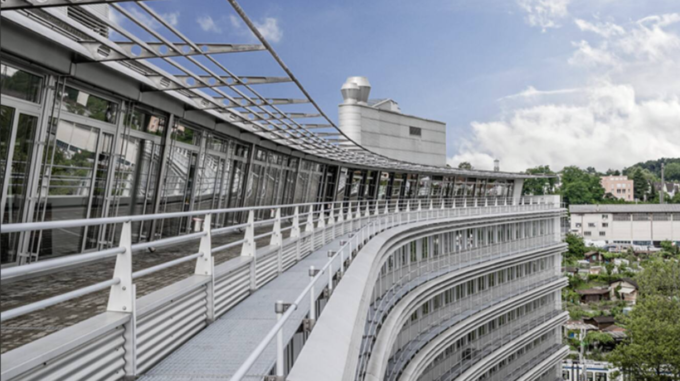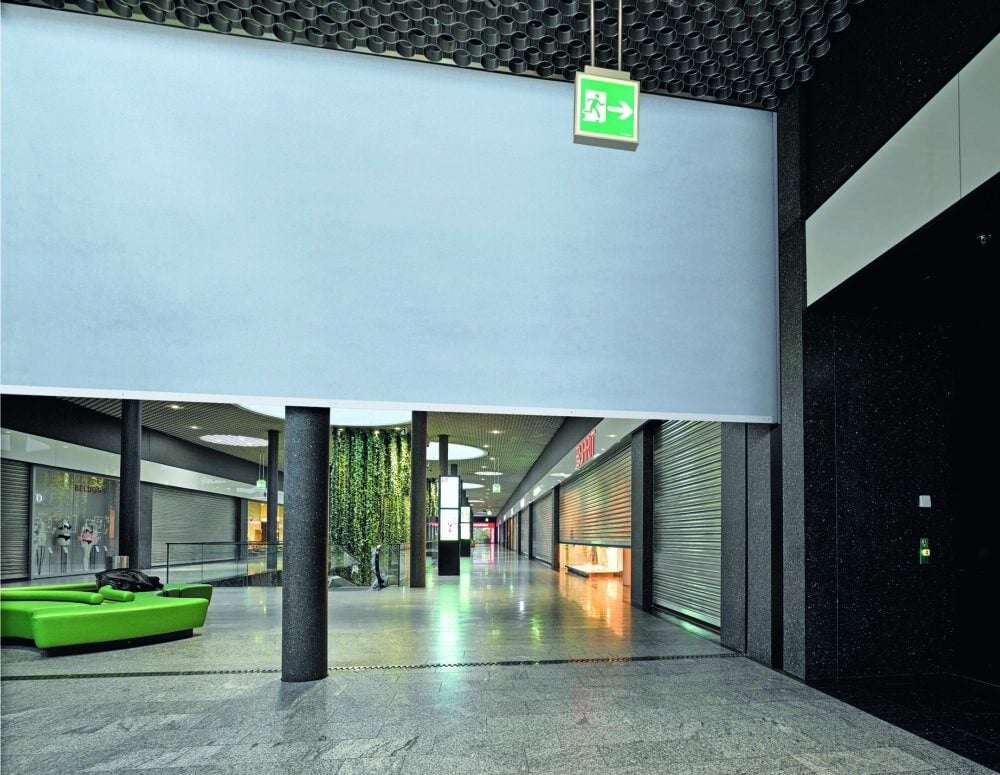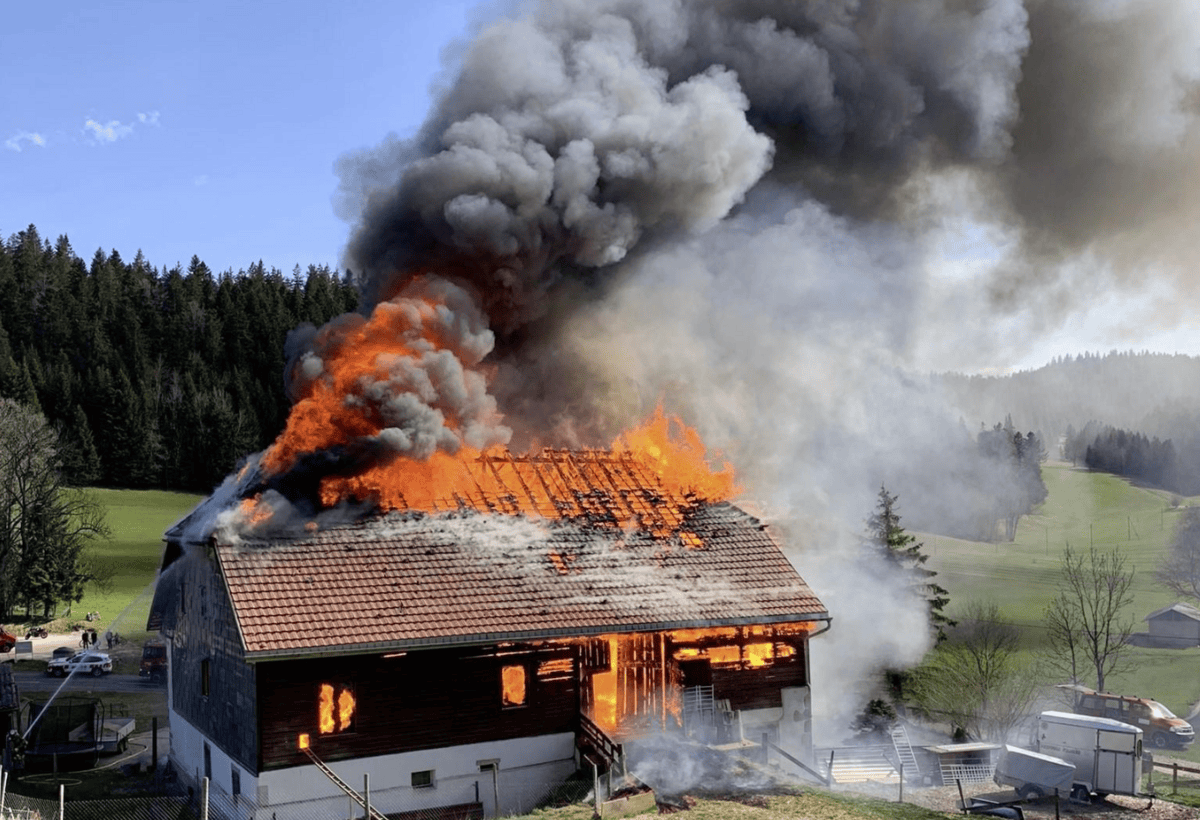Lightning - a common cause of fire
Lightning is an unpredictable hazard. The average damage amounts to almost 10 million Swiss francs per year as a result of direct and indirect lightning strikes.
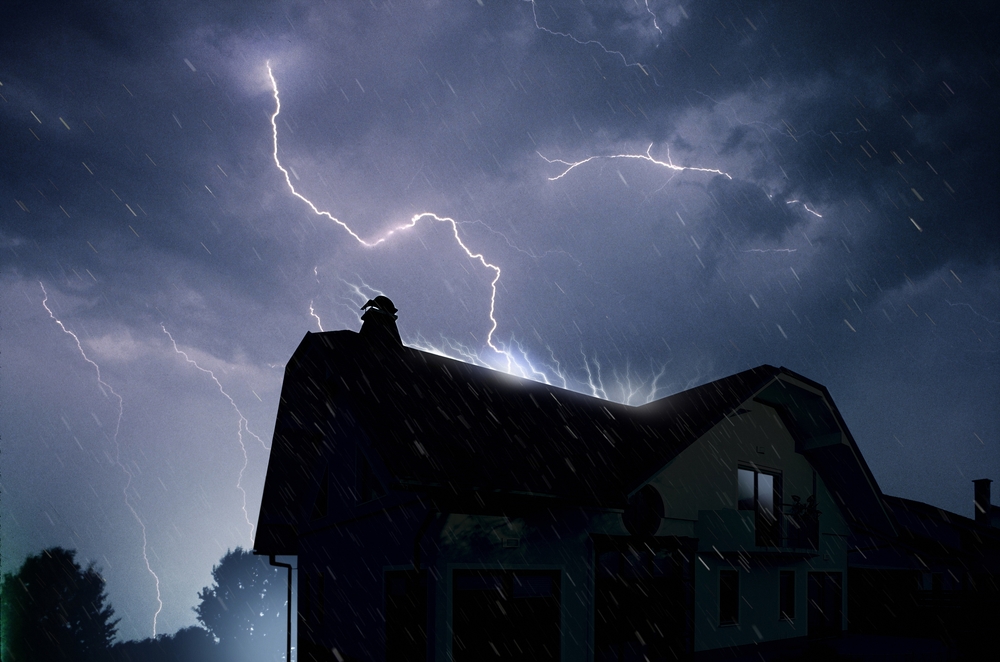
The next summer is coming for sure. And with it the lightning season. Explosive thunder from the sky can reduce buildings to rubble. The peak season for lightning lasts from June to August. But not infrequently in May, sometimes even earlier, it can start.
Where does it often flash?
According to Meteo Schweiz, the frequency of lightning strikes on the Central Plateau is about one to two and a half per square kilometer per year. In Ticino, there are more than three per square kilometer per year at low altitudes - the highest value in Switzerland.
According to meteorologists, an average of around 60,000 to 80,000 flashes of lightning can be expected in this country every year. This does not include one or two side flashes, which usually accompany a main flash. If they are included, this results in around 150,000 lightning strikes per year.
In 2019, the long-term average was exceeded: Across Switzerland, 85,270 lightning bolts struck in the three summer months (same period last year: 53,430). Among the ten localities with the highest lightning density, eight are in the canton of Ticino. In absolute numbers, however, the canton of Graubünden dominates this year with 15 749 ground lightning strikes, followed by Ticino (13 856) and the canton of Bern (11 566). All these figures come from the statistics of the lightning information service BLIDS.
"Today, we can determine about half of the flashes to within less than 100 meters," says Stephan Thern, head of the Lightning Information Service. What's more, the measurement and calculation method can detect polarity and current strength as well as partial flashes within an overall flash. The more precise and faster the data is available, the greater the protection for people, industrial plants and infrastructure. The BLIDS therefore also wants to inform plant operators in good time in order to prepare for the consequences of impending thunderstorms and to avoid major damage or failures.
The energy of lightning is normally relatively low. In the event of an impact, however, this energy is effective in less than a thousandth of a second, according to Electrosuisse. Very high voltages can therefore occur in struck equipment, and currents of over 200,000 amperes can flow. Thin wires melt and objects heat up to such an extent that highly flammable substances catch fire or explode.
Look at the statistics of the building insurance
Lightning is an unpredictable hazard. Every year, around 10,000 lightning bolts strike buildings in Switzerland, not always with a harmless outcome. Many fire damages are due to this natural hazard. In the worst case, a direct lightning strike sets a building explosively on fire. More common and harmless is indirect lightning, which strikes somewhere in the vicinity. Strong magnetic fields are created, and this can lead to an overvoltage in the building. Destructive damage to wiring and electrical equipment such as televisions, computers or heating controls can result.
If a household insurance policy covers lightning damage to electrical equipment, the natural hazard insurer is responsible for the costs of the fire damage to the building. The Association of Cantonal Building Insurers (VKG) distinguishes in its statistics between direct and indirect lightning strikes. In the period from 2009 to 2018, an average of 632 direct and 1676 indirect losses occurred per year. The average damage amounts to 5.45 million Swiss francs (direct lightning) and 4.48 million Swiss francs as a result of indirect effects (see graph). In the smallest canton of Switzerland, Zug, the building insurance has to pay for an average of 100 lightning damages to buildings per year. In the lightning-rich canton of Graubünden, the cause of fire damage attributable to lightning strikes is between 35 and 50 percent (years 2014 to 2018). The second most common cause is due to fire damage related to electricity.
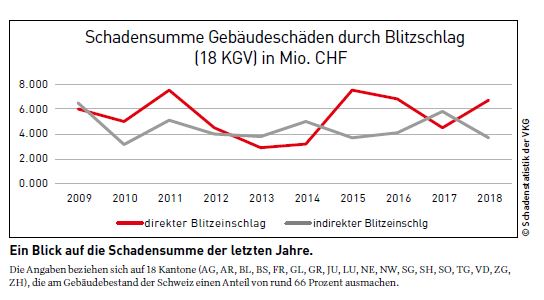
Although not mandatory, but a lightning rod helps
As I said, lightning strikes indiscriminately. Even a lightning protection system cannot prevent this. But it does ensure that the lightning current is safely discharged into the ground, thus preventing fires or other damage.
According to the Fire Prevention Advisory Board (BfB), the installation of a lightning protection system is only mandatory for buildings at particular risk (hospitals, high-rise buildings; certain industrial and commercial buildings, etc.). There are no legal regulations for private residential buildings in Switzerland. However, the consultancy generally recommends the installation of a lightning protection system, which amounts to at least 3000 Swiss francs for the construction of a new single-family house. The BfB usually puts the cost of such systems at one to two percent of the building insurance value. Insurers make contributions to this investment in the case of voluntarily installed systems. The planning and installation of the systems may only be carried out by professionals.






